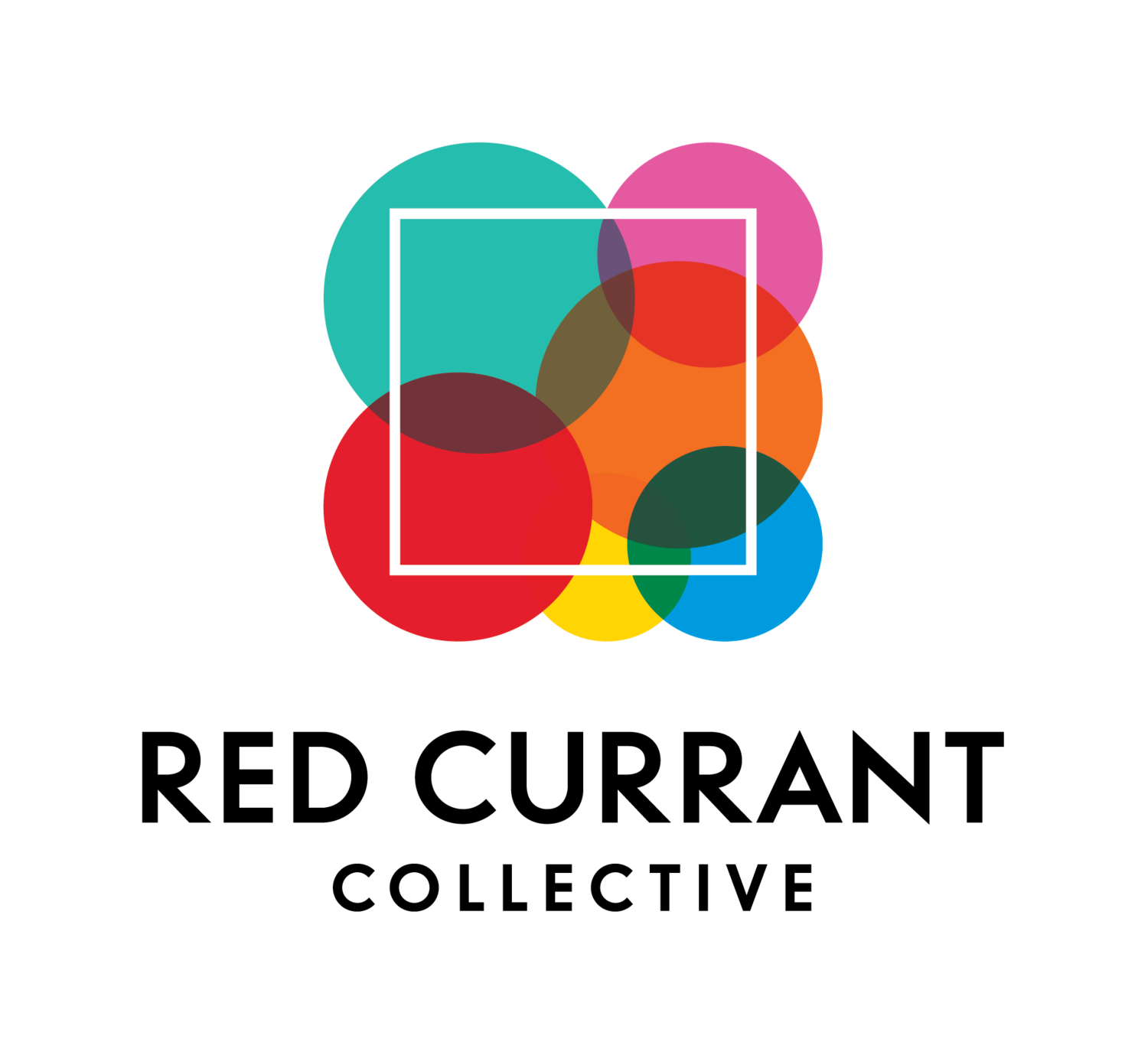Are you experiencing "growing pains" in your organizational goals?
It's Q3: are your organizational goals still pointing you in the right direction?
It's Sara at the keyboard today, with a few minutes in a nice, cool, classroom in between sessions at a motorcycle track day where -- even here -- my mind is on goals.
For those of us whose organizations operate on calendar years, this is the part of summer where things can get rather messy.
Many of us are in implementation mode working toward annual goals we set back in November or December of 2021 that may be outdated at best, or sending us in the wrong direction at worst. We've experienced big changes in the market, operating environment and our businesses.
Working with clients around their OKRs and aligned goal models, I find the phase from mid-July to mid-September to be the most "awkward growing pain" part of the year, every year. By this point, most organizations have completed a mid-year check of their OKRs; and even after that review, we may be looking at our goals, scratching our heads, and thinking
"What were we thinking when we set these?"
The reality is: we set those goals based on assumptions and predictions we made at the end of last year. We did the best we could, with what we had, where we were at that time.
Now, with the calendar about to click into August, we have seven more months worth of information that affects how we see those goals, today.
And this will be welcome news to some, and a shock to others:
2023 will be here before you know it.
It's important to stay focused on achievement of your 2022 goals. And, now's a great time to shift our thinking to spend some of our attention on what we can learn now, in preparation for our 2023 goal-setting.
This awkward growing pain phase can be a source of frustration -- or, it can be a valuable source of information that helps us learn.
Notice during this year's "silly season:"
For the Os or KRs that are feeling stale, uninspiring, or pointing us in the wrong direction, what do you notice about them? Are there any common threads or trends?
Are there goals that are way behind or ahead of pace? What do you notice about them?
Have we learned anything about what our most important (durable) measures of success might be? (I'll say a little more about this in a moment!)
Taking a moment now, to see what we're learning during this year's "growing pains" and write it down helps identify critical areas of learning and improvement for next year. This step also may help us identify key missing pieces of our Connected Strategic Stack before we go into next year's planning: specifically, Topline Measures and/or important insight about our North Star.
The Red Currant Collective Connected Strategic Stack
The North Star and Topline Measures
I'll deep-dive into the Connected Strategic Stack in a future issue -- we've written a bit about the gaps it's designed to address -- but for now we'll focus on two pieces of the stack: the North Star and Topline Measures.
For now, the way we use the term North Star in our model is that the North Star Metric is the one inspiring company-level metric most closely connected to our peak performance and purpose, that the entire organization should be focused on maximizing performance on. The idea of a North Star measure has been implemented in a number of high-growth organizations including Facebook, Airbnb, Amazon, Spotify and many others, and then popularized by "growth hacking" circles.
In many organizations, the unspoken (or spoken) most important metric is maximizing revenue, but the pitfall with that approach is that increasing revenue only gives certain people in the organization a sense of purpose. We encourage organizations to identify a non-revenue North Star, more closely connected to the organization's peak performance and purpose, so that everyone in the company can look "up" at that measure and be inspired to align their labor to the organization's success on that measure wherever possible. And when we do so: that tends to support revenue growth, so a non-revenue North Star is a win-win.
We identify Topline Measures as the small number of most important company-level measures of success that the organization's labor must drive to maximize progress toward our North Star, Strategic Plan, Mission and Vision. These measures may evolve with more frequency than our North Star, but often persist over time as the major measures that contribute or support achievement of our North Star.
Our Key Results then benefit from "looking up" at our North Star and Toplines for teams and cross-functional working groups for inspiration and measurement ideas and possibilities; so our North Star and Topline Measures become a better-designed measurement model that the organization can look to for direction when setting their own OKRs.
Now's one of the best times of year to take stock of what we've learned about what these measures may be. Doing so now, before we're setting 2023 OKRs, lets us do some critical thinking and experimentation / testing before going into our 2023 reset.
Questions?
What are your burning questions about goal setting, rhythms of business to support goal attainment, and/or leader development for goal-directed organizations? With little time for content creation these days, I'm focused mostly on answering actual questions from humans in the RCCO and Thinkydoers circles whenever possible.
I'd love to hear your questions, so drop us an email.
Did you find this interesting?
If you’d like to receive an email when we publish new content, please join our email newsletter list here!

